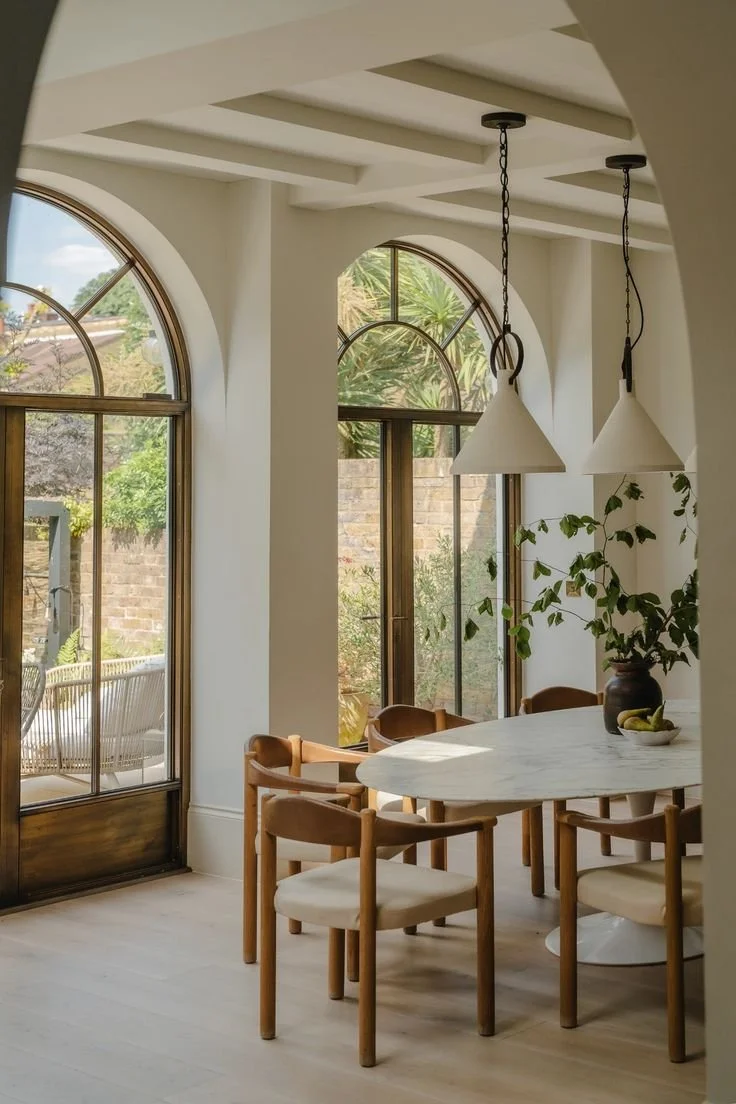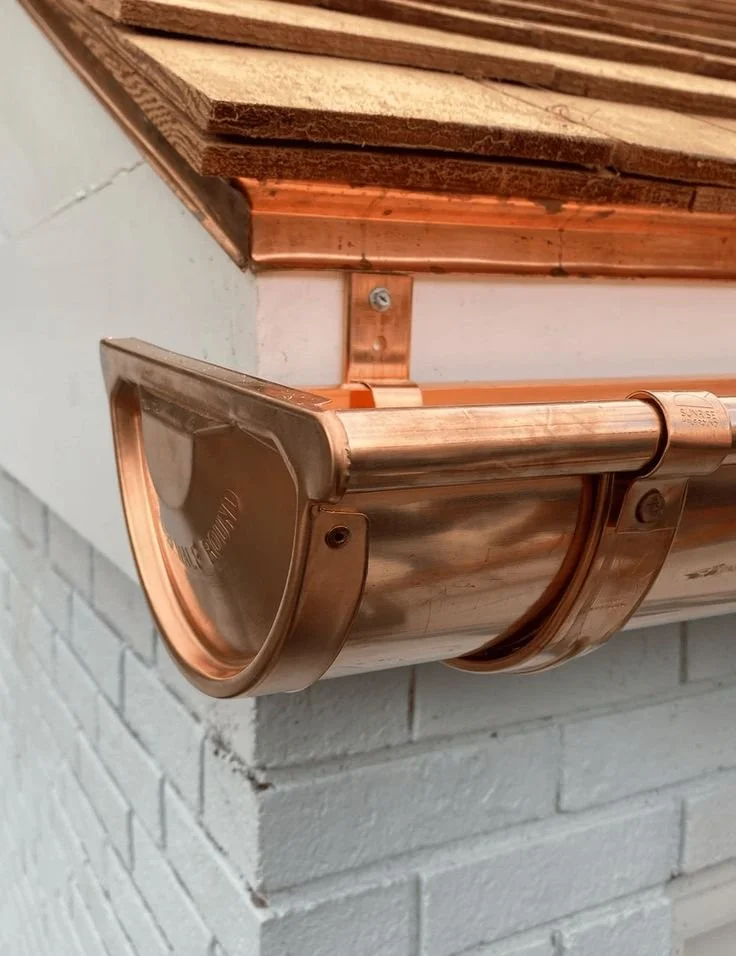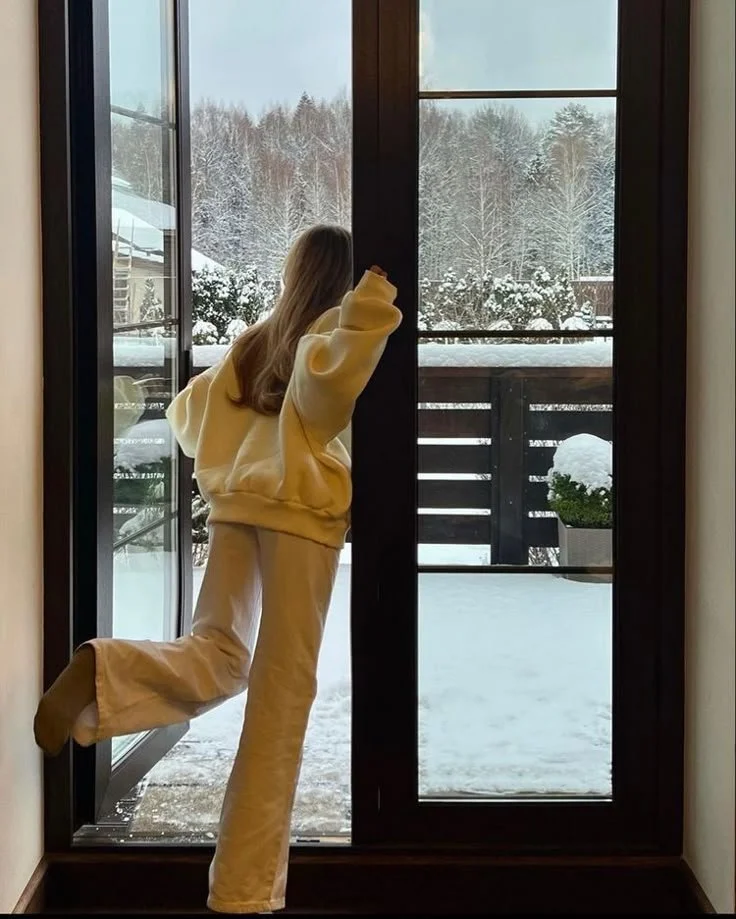Weatherproofing Your Home For Winter And Why Small Gaps Matter
As winter draws near, visions of cozy evenings, warm blankets, and steaming mugs of cocoa begin to fill our minds. But before you settle in for the season, it’s time to ask an important question: Is your home truly ready to face the cold?
In this article, we’ll explore the critical importance of weatherproofing your home, with a special focus on why even the smallest gaps can lead to big problems. From drafty windows to aging door seals, we’ll guide you through practical, cost-effective steps to keep the warmth in and the winter chill out. Whether you’re a seasoned homeowner or preparing your space for the first time, these tips will help you protect your comfort—and your wallet.
No. 1
The Big Impact of Small Gaps
It’s easy to underestimate the effect of a tiny draft under a door or a narrow crack around a window frame. But those small imperfections can have a surprisingly large impact on your home’s energy efficiency.
According to the U.S. Department of Energy, air leaks can account for 5% to 30% of your home’s energy loss. That’s not just a number—it’s a direct hit to your heating bill. When warm air escapes and cold air sneaks in, your heating system has to work harder and longer to maintain a comfortable indoor temperature.
Where to Look for Drafts:
Around window frames and door edges
Along baseboards and crown molding
Near electrical outlets and light switches
In attics, basements, and crawl spaces
A simple way to detect drafts is by holding your hand near potential leak points on a windy day or using a lit incense stick to observe air movement. If the smoke wavers or is pulled in a certain direction, you’ve found a leak.
No. 2
Reinforce Your Defenses: Windows and Doors
Your windows and doors are the front lines in the battle against winter air. Even when closed, they can allow significant heat loss if not properly sealed.
Weatherproofing Windows:
Replace old weatherstripping: Over time, seals degrade and lose effectiveness.
Apply window insulation film: This transparent plastic layer adds an extra barrier against cold air.
Use caulk to seal gaps: Look for cracks where the window frame meets the wall and apply a high-quality, weather-resistant caulk.
Fortifying Doors:
Install a door sweep: This simple addition blocks drafts from sneaking in at the bottom.
Check and replace weatherstripping: Ensure a tight seal around the door perimeter.
Inspect the threshold: Adjust or replace it if you see daylight beneath the door.
These small updates can dramatically improve your home’s ability to retain heat—and they’re often easy enough for a DIY weekend project.
No. 3
Don’t Overlook Exterior Woodwork
Wooden elements on your home’s exterior—such as window sills, door frames, and trim—are particularly vulnerable to the elements. As temperatures fluctuate, wood contracts and expands, creating tiny openings that allow air and moisture to seep in.
Maintenance Tips for Exterior Wood:
Seal cracks with a durable exterior caulk
Repaint or reseal exposed wood to prevent moisture damage
Inspect regularly for signs of rot, warping, or peeling paint
Addressing these issues before winter sets in helps maintain your home’s structural integrity and prevents more costly repairs down the line.
Rejuvenation
Rejuvenation believes in the power of thoughtful design - explore their extensive range of outdoor hardware, including stylish accessories that add character and charm to your home's exterior.
No. 4
A Helping Hand with Holiday Cheer
As you begin decorating for the holidays, you may already be climbing ladders, hanging lights, and inspecting your home’s exterior. This festive season offers a perfect opportunity to identify weatherproofing issues you might otherwise overlook.
Holiday Light Installers Can Help
Professionals providing professional holiday light installation Little River often get a close-up view of your home's exterior. These experts can spot:
Peeling paint
Cracked caulk
Warped siding
Loose shingles or flashing
If you’re hiring help for your holiday décor, consider asking them to point out any visible areas of concern. Their observations can be the first step in a more energy-efficient winter.
No. 5
Why It Pays to Act Early
Waiting until the first frost to address drafts and leaks can leave you scrambling—and shivering. By taking proactive steps now, you’ll enjoy a warmer, more comfortable home and lower energy bills all season long.
Benefits of Weatherproofing Early:
Improved indoor comfort
Reduced heating costs
Extended lifespan of HVAC systems
Protection against moisture and mold
Increased home value and efficiency
Even small efforts—like sealing a drafty window or replacing worn-out door seals—can lead to noticeable improvements in your home’s warmth and your energy usage.
Takeaways
Weatherproofing your home is more than a seasonal chore—it’s a smart investment in your comfort, safety, and long-term savings. Don’t let small gaps become big problems. By inspecting your home now, sealing leaks, and reinforcing vulnerable areas, you can enjoy a cozy, energy-efficient winter without the stress of skyrocketing heating bills.
In this article, we’ve highlighted why those tiny cracks and drafts matter so much, and how simple fixes can make a big difference. Whether you tackle the work yourself or enlist the help of professionals during your holiday preparations, the key is to act before the cold settles in.
Stay warm, stay efficient, and enjoy the peace of mind that comes from a well-protected home. Winter may be on its way—but with the right preparation, your home will be ready to welcome it.
Looking for Home resources?
Looking to enhance your living space and create a sanctuary that supports your well-being? Explore our home partners who offer a wide range of resources to elevate your home environment.































